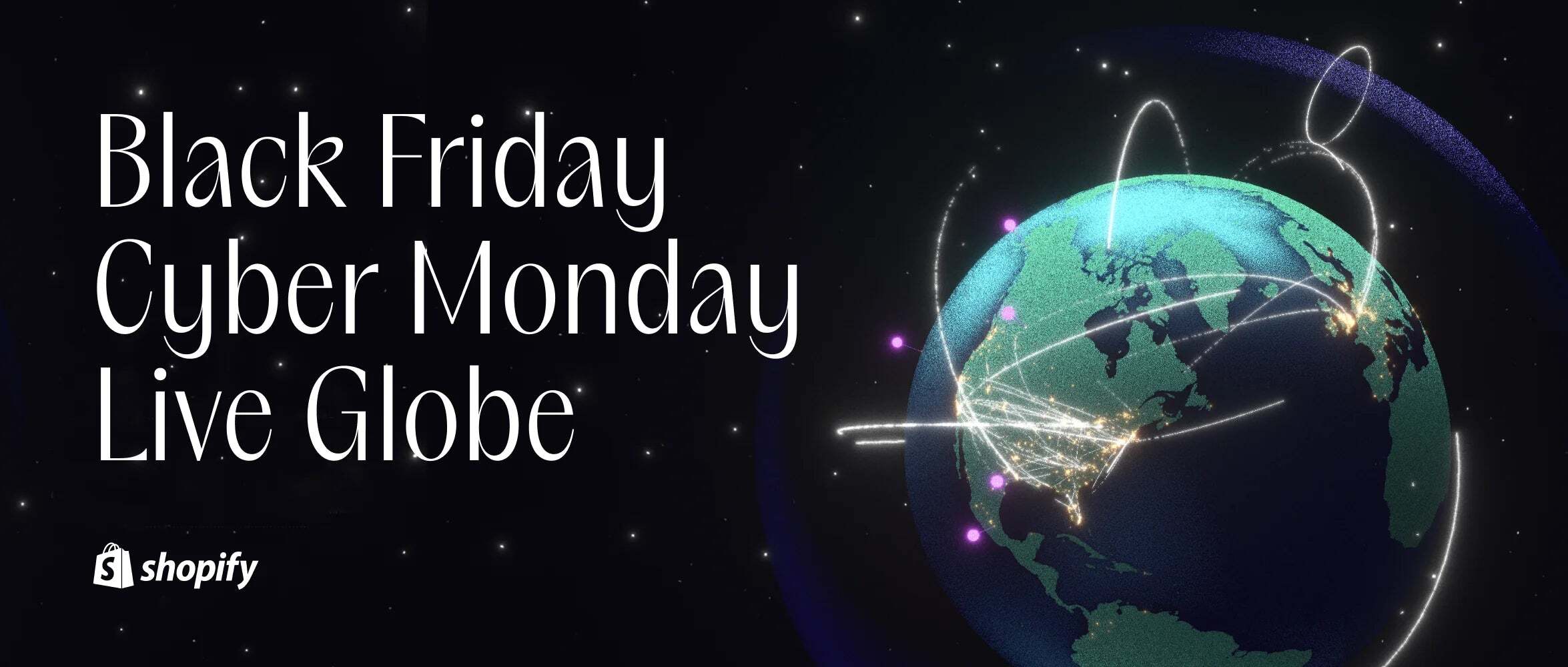2
How We Built the BFCM 2023 Globe (2024) - Shopify
shopify.engineeringEvery year for Black Friday Cyber Monday (BFCM), we put together a real-time visualization of purchases made through Shopify-powered merchants worldwide. This year we're cooking up something big, and in anticipation we wanted to show you how we built the globe last year.
Video of BFCM 2023 Globe
Besides going for better visuals, a big focus was performance. We've put together an interactive deep dive into how we built and optimized the 3D visuals using technologies such as Three.js and React-three-fiber.
Before we jump in, here's the globe with simulated data that you can play with.
Arcs
The arcs flying around are the most important component. Each one represents an order being placed in real time, and they travel from the merchant to the buyer's location.
These can be defined as a Bézier curve with 4 control points. Each point is a 3-dimensional vector.
P0: located at start position
P1: located 25% of the way between start and end
P2: located 75% of the way between start and end
P3: located at end position
Arc height can be adjusted by moving control points P1 and P2 away from the surface.
To render the arc, we create a mesh that is a strip of triangles moving along the curve. This gives us the ability to control thickness and have better flexibility for stylizing it with shaders.
You'll notice however that as you move the mesh around, it disappears from certain angles. We needed a way to make it always face the viewer. The solution was surprisingly simple.
The red lines along the curve represent the tangent at those points. Taking the cross product of the tangent with the direction of the camera gives a new vector. This is used in the vertex shader to offset the position so the mesh always faces the viewer.
To texture the arcs, the UVs of the mesh are defined with v going from 0 at the start to 1 at the end. So a vertex in the middle of the
You must log in or register to comment.

